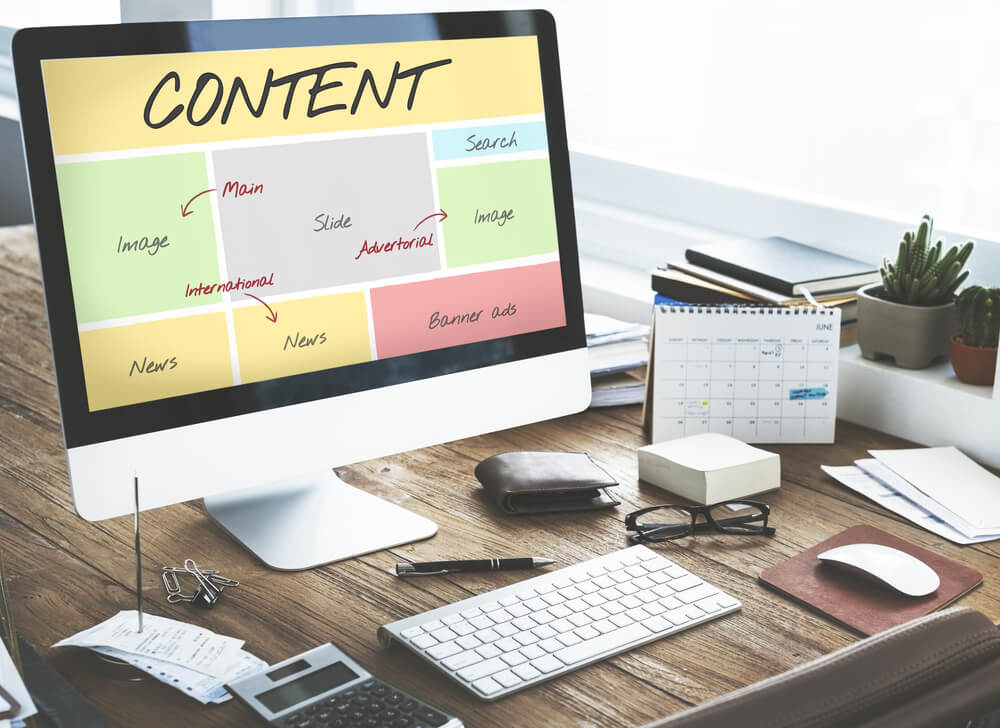
Ultimate Guide to Email Marketing Frequency
Email Marketing Frequency Best Practices
These days, email marketers of every kind know the importance of keeping in touch with your target audience. To stay top-of-mind, you must regularly email your list. But what constitutes “regular”? How many emails is too many — or too few?
Email marketing frequency requires a delicate balance, as your audience will quickly unsubscribe if they don’t find your emails valuable. Striking the right cadence is crucial to email marketing success. Read on to learn email marketing frequency best practices and how to optimize your email calendar.
Email Marketing Trends and Consumer Preferences
As a practice, email marketing has some impressive statistics, such as the famous ROI of $44 for every dollar spent. Also, the majority of consumers across generational lines consider email the most personal marketing channel. Clearly, there’s a lot of potential to connect with your audience.
Considering these benefits, many digital marketers assume more is better when it comes to email marketing. And indeed, according to the Digital Marketing Association’s 2020 report (PDF), brands send an average of 26.8 emails per week, including automated emails and segmented campaigns. Most send marketing emails once or twice a week.
Unfortunately, most of those emails don’t provide value to consumers. The DMA found that 85% of consumers believe less than half of marketing emails were “useful” to them. The higher the email frequency, the fewer messages actually seem relevant to recipients. Add in the fact that only 18% of marketers segment their campaigns, and most consumers are likely receiving too many emails for their tastes.
Note that higher email frequency doesn’t necessarily lead to higher unsubscribe rates, even though multiple studies have shown that “too many emails” is consistently the #1 reason for unsubscribes. Some people take that as further proof that more = better. However, keep in mind that unsubscribing takes time. And with today’s email clients, it’s usually easier to simply delete emails than unsubscribe. As a marketer, your frequency shouldn’t be based on open rates — or even on low unsubscribe rates.
It should be based on how many emails your target audience will actually read and click on.
Types of Emails
To determine your ideal email marketing frequency, you must consider how many and what types of emails your audience is receiving. Consumers are much more likely to open transactional emails than marketing ones. Other automated emails, such as Happy Birthday messages and abandoned cart reminders, add to the volume. And if you send your list both “blasts” and targeted campaigns, you could easily take up a lot of inbox space.
Is that a good thing or a bad thing? It really depends on your mix.
In general, targeted campaigns perform much better than email blasts, because they resonate with subscribers’ interests. Indeed, segmented emails for B2C industries, especially retail, can boost sales when the frequency is increased. That dovetails with DMA’s finding that 65% of consumers prefer emails with discounts and special offers.
That said, it’s still important to consider diminishing returns from higher email frequency. As the volume grows, fewer recipients will open your emails, and those who do become less likely to click. So while your unsubscribe rate may not increase, you aren’t generating enough value to justify the cost of sending so many emails.
Why the Right Email Frequency is Important
We’ve seen data that supports both higher and lower email frequency, although results ultimately depend on your industry and audience. You must also weigh the benefits against the risks for both over-sending and under-sending.
High email frequency
Pros: Stay top-of-mind and give your audience more opportunities to interact with your brand. Ideal for retailers, content creators, and other businesses that capitalize on impulse consumption.
Cons: Greater risk of brand fatigue or annoying your audience. Can be challenging to constantly develop fresh content for all segments.
Low email frequency
Pros: Send highly customized and creative content that may be of greater value to your audience. Easier to manage. Great for service-based businesses that need to build trust with their audience.
Cons: Lower recognizability can cause recipients to unsubscribe or mark as spam. (Brand recognition is the #1 reason consumers open a marketing email.) Smaller inbox presence compared to other brands.
Also, our brand’s mix of email types affects which benefits you obtain or risks you incur. For example, daily segmented campaigns may make sense for retailers, but not necessarily for a productivity app. A single monthly email for a beer-of-the-month club may be highly anticipated, while weekly sales emails may go ignored.
All those varying factors are why your email frequency should ultimately reflect your target audience’s interests in your brand.
Affirming Your Audience’s Buying Journey
Too many email marketers consider a consumer’s opt-in as a green light to send any and all promotional content. That’s a costly mistake. While “too many emails” is usually the top reason for unsubscribes, “irrelevant information” is a close second.
If you’ve obtained your list from a lead magnet, such as a free e-book, your emails should follow from that content. Let’s say you’re a home design firm and you’re generating leads from your e-book “10 Amazing Ways to Upgrade Your Patio.” Those leads are obviously interested in outdoor living, and they may eventually warm up to booking your services. But if you sign them up for your weekly newsletter that focuses on kitchen design and home gyms, you may have lost them.
The solution is to segment your list, then deliver content at the frequency it makes sense for each segment. Those who give their email in exchange for a discount probably won’t want daily promotional emails, while leads you generate from high-value freebies may prefer weekly content that continues to provide value to them.
Either way, set that expectation when you capture their email address, rather than making subscribers wait to learn how often you’ll be emailing them. Knowing the source of your leads, whether it’s a newsletter signup form, a landing page, or something else, will help you affirm their interests with your marketing emails.
A Fine Line Between Consistency and Spam
Remember, consumers usually don’t know the legal details of CAN-SPAM, GDPR, and other regulations. They don’t care if your emails aren’t technically spam because they opted in. As far as they’re concerned, any unwanted email is spam. If they don’t recognize your brand name (a risk of low email frequency), they may mark it as spam. However, they may also regard excessive emails as spam — even if they know they subscribed to the list.
That’s why it’s important to play it safe. Spam reports harm your reputation with your ISP, so you should be more concerned about that than your unsubscribe rate. Again, if you understand your target audience and their buying journey, it’s easier to find your ideal email frequency.
Planning Your Email Marketing Cadence
Taken together, your frequency, mix of types, and timing of emails compose your email marketing cadence. The right cadence will keep your brand recognizable, provide value to your recipients, and prevent the dreaded unsubscribe — or worse, the spam report. And of course, it will support your email marketing campaign’s goals.
If you have no idea where to start, begin with a safe schedule of 4-5 emails per month. (This includes only marketing emails, not transactional messages.) Ensure that each campaign is going to a segment of your list and that no segment is receiving multiple campaigns.
Then, keep an eye on your metrics. Look at how your open rate and clickthrough rates vary over the month. If your metrics decline after the first couple of campaigns, you’re probably sending too many emails. If they improve, your audience is getting more engaged and you may be able to send more emails…until the point that responses decline.
Finding that sweet spot can take time, but by segmenting your audience and focusing on high-value content, you can get better performance right out of the gate.
Wrapping Up
In conclusion, there’s no magic number for email marketing frequency. The optimal number of emails varies by brand, audience segment, and each campaign itself. Your best strategy is to lead with research and great content. Know your target audience and what they want to see.
Then, use email marketing automation to optimize your campaign’s timing and ensure that the right leads receive emails that resonate with them. Test and tweak until you’ve hit your stride.






